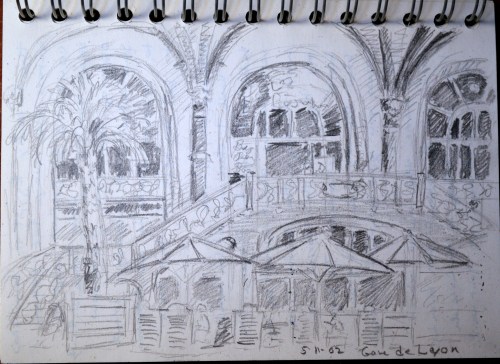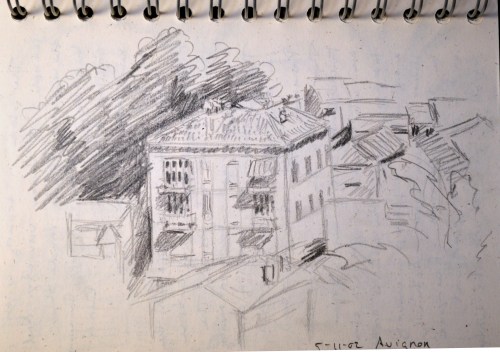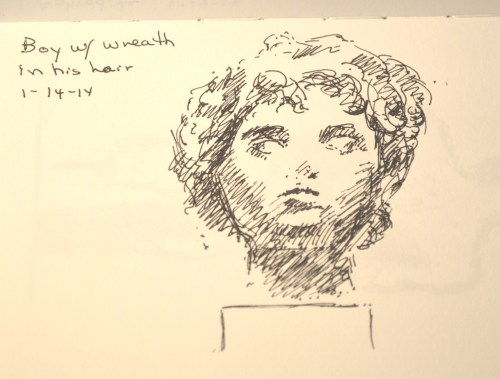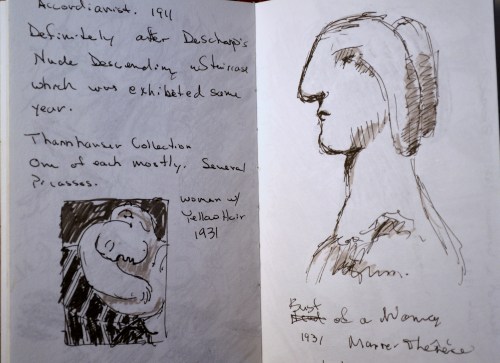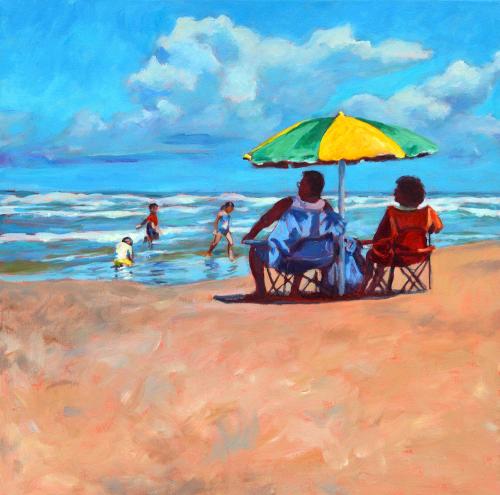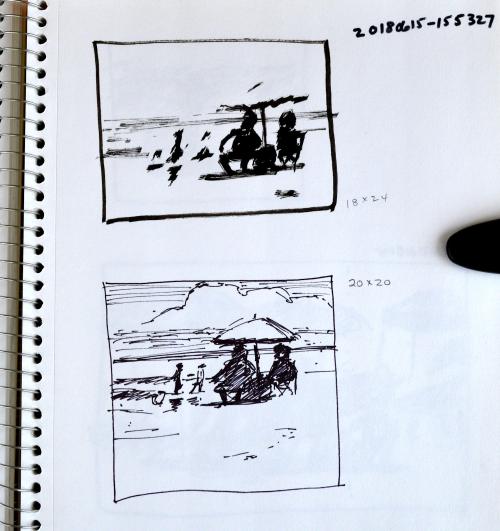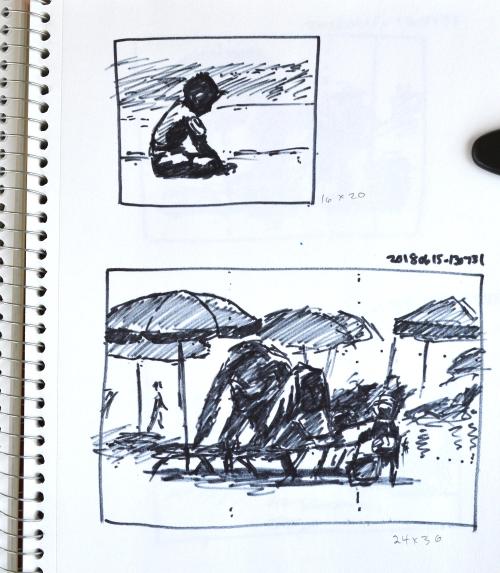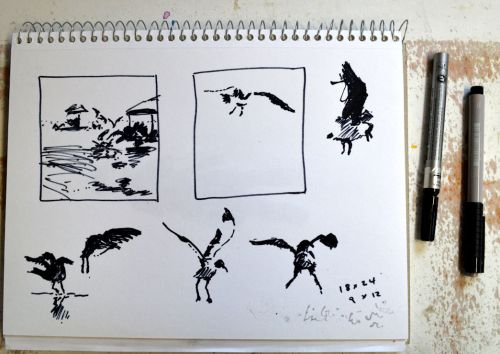
I’m often asked, “How do I get better at my art?” Hummmm….well, I have several suggestions. They aren’t anything new but maybe they’re new to you. In no particular order.
Make a LOT of art! Studies have shown that students who create a lot of art eventually get better, especially compared to those who seek to create one perfect painting or poem or story or pot. Like almost anything else, the more you do, the better you get. This is the time to explore. Try new things, new styles, new subjects, new mediums. Just make a whole lot of it. Don’t worry if it’s any good yet. Just do it. The old adage that practice makes perfect applies here. While you are testing new things, your mind will begin to make connections and build on what you have done before.
Make it easy. Make it easy to make art. Do you have to clear the children’s homework from the dining table? Drag out all your equipment and easel every time you want to paint? Find a space where you can keep your materials at hand. Set up a corner in the bedroom to work. Use a portable screen if the clutter annoys you. Keep a sketchbook next to your TV chair. Or in your purse or pocket. I’ve often drawn mini-sketches while waiting for dinner or in the theater. If your materials are nearby, you’ll be more likely to use them.
Don’t worry if it’s any good. So many people worry about if their work is any good. Stop that right now! Refer to the first suggestion. Just do it. Do a lot of it. ALL artists make some really bad paintings. That’s Okay! That is what preliminary work is for. Try it out. Maybe it will be brilliant. Maybe it won’t. But you will have learned what works and what doesn’t.
Copy other artists. Yes, I recommend studying other artists, your favorites perhaps. Go to the museums or the library or even review their work online. What do you like about their work? What don’t you like? Try making a few copies in the style of the artist. How does that feel to you? Does it feel natural or awkward? Look at what attracts you most. Their subject matter? Style? Brushwork? But do NOT EVER try to pass off someone else’s work as your own. That is dishonest and plagerism. You won’t feel comfortable about it and you’ll be found out eventually.
Do a series. A series is a group of artwork of, perhaps, the same subject or style or theme. This helps you to dig deeper. Find out what attracts you to this subject. Van Gogh painted twelve sunflower paintings. I’ll bet that he got better at them towards the end. Monet painted thirty haystacks, 250 waterlillies, and over thirty of the Rouen Cathedral. Different angles, different times of day.
My concluding advice is just keep at it. Don’t let anyone discourage you. Only you know what you are learning. If you have tried it before, try it again. You’re in a different place and time. Perhaps you have more skills and knowledge now. Just keep moving forward. Good luck!


